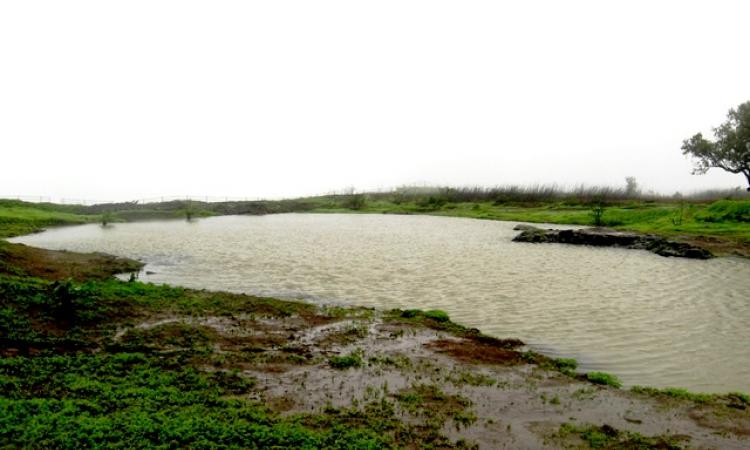
Besides water scarcity, allocation of water has become an important concern in India over the last few decades. This is especially true in the drier areas of Western Rajasthan where along with limitations in physical availability of water, social and economic aspects of water scarcity have made water allocation among different users a complex issue.
The paper titled 'Inter-sectoral water allocation and conflicts: Perspectives from Rajasthan' published in the Economic and Political Weekly, informs that inter-sectoral allocation of water includes:
- allocation of water, which was previously unused for new use such as a new industrial unit
- reallocation of water, which was previously allocated for another use such as from irrigation to drinking water
Water scarcity and the lack of mechanisms to ensure that its different uses are considered in view of its overall availability exacerbate inter-sectoral water allocation conflicts. Conflicts may arise in different contexts and due to different reasons such as:
- between different users of a single source of water, such as for drinking water, irrigation, and industrial use
- the quality of water where pollution of surface water by upstream users has adverse effects on downstream users, or where industrial activity pollutes groundwater sources that are used for drinking
- reallocation of water when water that is in use for irrigation, domestic supply, or fishing is allocated to industries
These categories are not exclusive and many conflicts overlap. However, the legal aspects of water-use conflicts have not been given much attention in the literature, except in the case of interstate river water conflicts and international water conflicts.
The case of lake Rajsamand in Rajasthan
The paper presents the case of an intersectoral dispute over the water in Lake Rajsamand in Rajasthan. This case reached the Supreme Court of India to demonstrate how the existing law and policy framework have limitations in addressing inter-sectoral allocation of water and related conflicts.
The analysis reveals the following:
- Water law in Rajasthan, as in other states of India, is fragmented.
- There is no legal framework for inter-sectoral water allocation and conflicts. Thus, even if the higher judiciary deals with issues relating to water allocation and related conflicts, these are solved on the basis of claims made by the parties to the dispute, which does not help in resolving the conflict on the basis of universally applicable principles.
- The current law and policy framework for inter-sectoral allocation of water is underdeveloped and inappropriate. This is because policymakers and lawyers have failed to effectively move beyond sectoral and use-specific views of water.
- Inter-sectoral allocation of water is organised largely around economic principles and is increasingly based on considerations of efficiency while equity and other factors are considered as secondary, thus leaving out the possibility that it benefits everyone equally and is environment friendly.
- Where conflicts over a given allocation arise, they are at times sorted through administrative conflict resolution mechanisms and the decisions are made based on claims made by the parties to the dispute. This gives parties/actors with more lobbying capacity a better say in the decision-making and the considerations of the marginalised actors are left out in the decisions.
- In cases where conflicts reach the courts, the existing legal framework is applied by courts. However, in the absence of appropriate guidance, decisions are largely ad hoc and at times do not consider all the relevant dimensions. Courts are also not well placed to follow up and ensure that the principles introduced are applied in a systemic manner. The decisions tend to focus on conflicts of use, rather than issues related to protecting the source of water.
Looking beyond water as a mere resource
The paper argues that the regulation of inter-sectoral allocation of water is one of the major unaddressed challenges for water law and there is an urgent need to take this issue more seriously. The analysis in this paper shows that conflicts concerning intersectoral allocation centre around claims made by users for the available water without taking into consideration the manner in which the water is made available, the factors that restrict its use, and the consequences of the allocation on downstream users.
The paper ends by suggesting that it is time to devise a framework that does not look at water merely as a natural resource to be allocated efficiently, but rather as one that regards it as a fundamental right to be allocated equitably, as a key component of the environment, and as the direct and indirect source of numerous livelihoods. This will however involve the need to place existing legal principles at the centre of intersectoral allocation to arrive at comprehensive, equitable and environment-friendly outcomes.
Download a copy of the paper below.